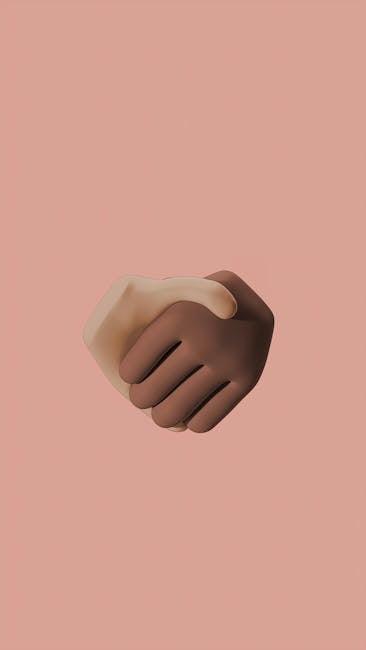In the ever-evolving world of cinema, the question of creative control has long sparked spirited debates among filmmakers, producers, and audiences alike. At the heart of this discussion lies a pivotal query: should directors wield more influence over the final edits of their films? This issue, a tapestry woven with threads of artistic vision, commercial interests, and collaborative effort, invites us to explore the delicate balance between creative freedom and practical constraints. As we delve into this intricate topic, we aim to uncover the diverse perspectives that shape the art of storytelling on the silver screen, inviting readers to ponder where the lines should be drawn in the quest for cinematic excellence.
Balancing Vision and Collaboration in Film Editing
In the intricate dance of filmmaking, the relationship between a director and the editor is crucial. Directors often possess a clear vision for their project, aiming to convey specific themes and emotions. However, the editor brings a fresh perspective, a pair of eyes that can see beyond the director’s initial vision. This collaboration can lead to a more refined and impactful final product. The challenge lies in balancing these roles: ensuring the director’s vision is honored while allowing the editor’s expertise to shine through.
- Vision vs. Objectivity: Directors are deeply invested in their projects, sometimes making it hard to view them objectively. Editors can provide a necessary distance.
- Creative Synergy: When directors and editors collaborate effectively, their combined creativity can elevate the film beyond its original scope.
- Shared Goals: Both parties ultimately aim for a compelling narrative, though their paths to achieve this might differ.
Finding the right balance is essential. A film’s success often hinges on whether it can resonate with audiences, a feat achieved through a blend of visionary direction and skilled editing. Dialogue and mutual respect are key in navigating this dynamic, ensuring both director and editor contribute their best to the storytelling process.

Exploring the Role of Studio Influence on Creative Outcomes
In the realm of filmmaking, the tug-of-war between directors and studios often shapes the artistic vision of a film. Studios, driven by market trends and financial considerations, may exert significant influence over the final cut. This influence can manifest in various ways:
- Test Screenings: Studios often rely on audience feedback to make changes, potentially altering a director’s original vision.
- Budget Constraints: Financial limitations can lead to compromises in storytelling, special effects, or even casting decisions.
- Brand Alignment: Ensuring a film aligns with a studio’s brand identity may result in changes that prioritize marketability over artistic integrity.
While studio involvement can bring valuable insights and resources, it may also stifle innovation and personal expression. Directors with more creative control can produce unique, auteur-driven works that resonate deeply with audiences. However, finding a balance between artistic freedom and commercial viability remains a complex dance, crucial for the film’s success and legacy.
 Creative Control on Audience Reception”>
Creative Control on Audience Reception”>
The Impact of Creative Control on Audience Reception
Directors wielding greater creative control can significantly shape how audiences perceive a film. When directors have the liberty to infuse their unique vision into the final edits, they can craft narratives that resonate more deeply with viewers. This level of creative autonomy often results in films that are more cohesive and authentic, reflecting the director’s intent without external compromises. Such authenticity can enhance audience engagement, as viewers are drawn to the distinct style and voice that a director brings to the screen.
However, there’s a delicate balance to maintain. While creative control can lead to visionary storytelling, it can also result in niche productions that may not appeal to broader audiences. Considerations include:
- Audience expectations: Films that stray too far from conventional norms might alienate some viewers.
- Market viability: Creative risks might not always translate into commercial success.
- Collaborative input: Sometimes, external perspectives can enrich the final product.
Ultimately, is a nuanced interplay of artistic expression and audience engagement.

Strategies for Harmonizing Artistic Integrity with Market Demands
Navigating the delicate balance between artistic vision and commercial viability can be challenging for directors. One approach is fostering open communication with producers and studios, ensuring a shared understanding of the project’s core message. By establishing a collaborative environment, directors can advocate for their creative choices while remaining open to feedback that aligns with market trends. This partnership can lead to innovative solutions that satisfy both artistic and financial objectives.
Another strategy involves the use of test screenings and audience feedback sessions. Directors can utilize these insights to make informed decisions about potential edits, aligning their vision with audience expectations without compromising the film’s essence. Additionally, directors might consider creating multiple versions or alternative endings that cater to different market segments, thus maintaining their creative integrity while enhancing commercial appeal. Embracing these strategies can empower directors to achieve a harmonious blend of artistry and market success.

